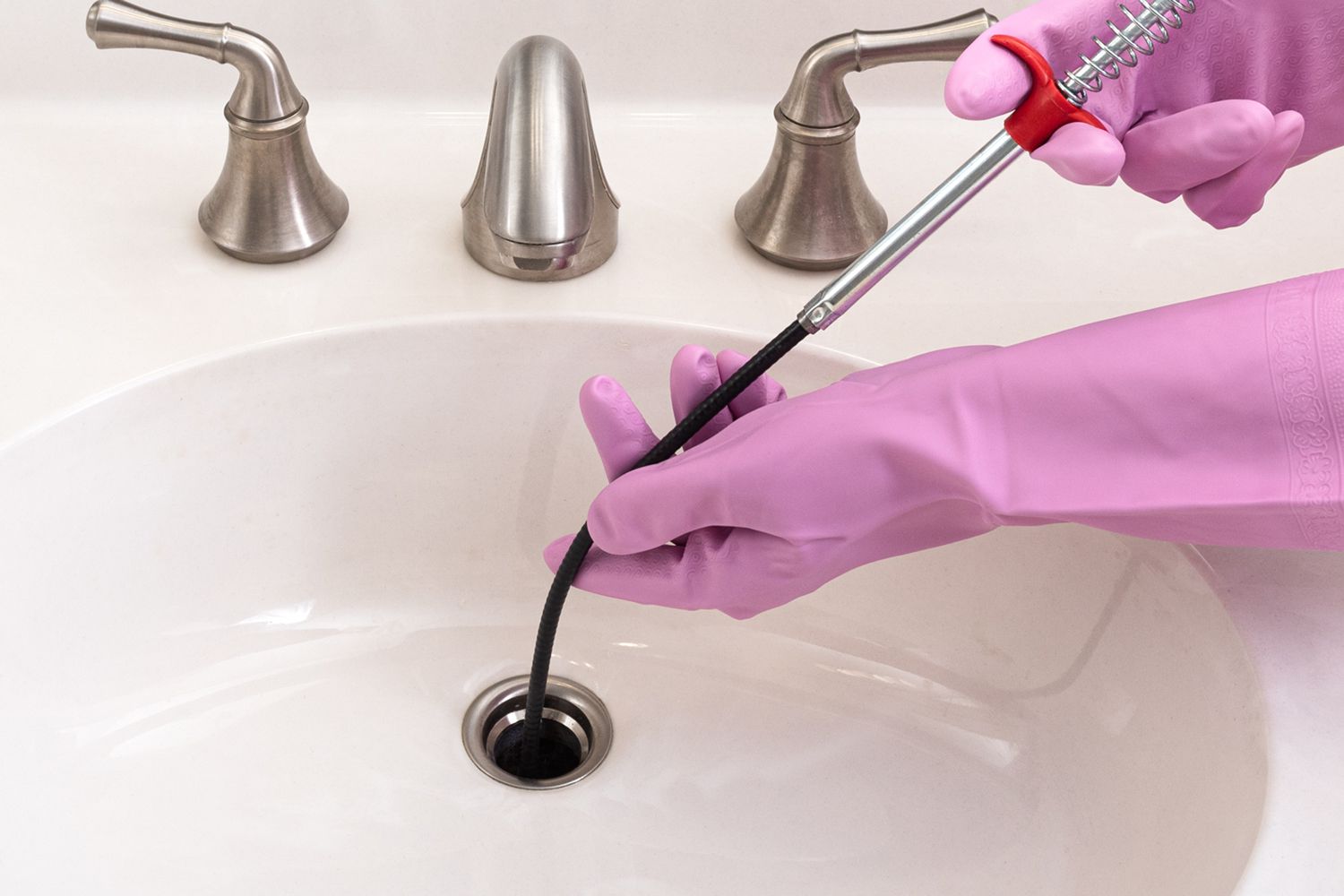

Articles
How To Get Something Out Of The Sink Drain
Modified: February 23, 2024
Learn effective methods to remove articles stuck in your sink drain. Find step-by-step instructions and expert tips to easily unclog your sink drain and keep it flowing smoothly.
(Many of the links in this article redirect to a specific reviewed product. Your purchase of these products through affiliate links helps to generate commission for Storables.com, at no extra cost. Learn more)
Introduction
Having a clogged sink drain can be a frustrating and inconvenient problem to deal with. Whether it’s a buildup of food particles, grease, or other debris, a clogged sink drain can hinder your daily activities and even lead to unpleasant odors. Fortunately, there are several effective methods you can use to safely and efficiently clear out the clog and get your drain running smoothly again. In this article, we’ll walk you through a step-by-step guide on how to get something out of the sink drain.
Before we dive into the process, it’s important to gather the necessary tools and materials to make the job easier. You’ll need a plunger, a bucket, a pair of rubber gloves, a wrench or pliers, a drain snake, and some hot water. Additionally, if you prefer to use chemical drain cleaners, make sure to have a bottle on hand. Now, let’s get started!
Key Takeaways:
- Keep your sink drain clear by using a plunger, removing the P-trap, snaking the drain, and flushing with hot water and vinegar. Chemical drain cleaners should be a last resort due to their potential harm to the environment and pipes.
- Prevent future clogs by avoiding pouring grease, coffee grounds, or large food particles down the drain. Regularly clean your sink drains and use drain strainers to catch debris. If unsuccessful, seek professional help.
Read more: How To Get Hair Out Of Sink Drain
Tools and Materials Needed
Before you begin, gather the following tools and materials:
- Plunger
- Bucket
- Rubber gloves
- Wrench or pliers
- Drain snake
- Hot water
- Chemical drain cleaners (optional)
Having these items ready will ensure that you have everything you need to effectively clear the clog from your sink drain. Now, let’s move on to the step-by-step process.
Step 1: Removing Excess Debris
The first step in clearing a clogged sink drain is to remove any excess debris that may be contributing to the blockage. Start by using a pair of rubber gloves to protect your hands.
Remove any visible debris, such as food particles, hair, or grease, from the surface of the sink drain. You can use a small brush or your fingers to scoop out the debris and dispose of it in a trash bag or bin.
If the drain has a strainer or stopper, remove it by twisting it counterclockwise or lifting it out. Check if any debris is caught in the strainer or stopper and clean it thoroughly.
Once you’ve cleared the visible debris, run hot water down the drain for a few minutes. This will help break down any remaining buildup and flush it out of the drain.
If the clog persists after removing the excess debris, proceed to the next step to use a plunger.
Step 2: Using a Plunger
If removing the excess debris didn’t clear the clog, using a plunger can be an effective next step. Follow these instructions to properly use a plunger:
- Fill the sink with enough water to cover the bell of the plunger. This helps create a seal and provides the necessary pressure to dislodge the clog.
- Place the plunger over the drain and press it down firmly to create a tight seal.
- Push the plunger up and down vigorously for about 10-15 seconds. The suction and pressure created by the plunger should help dislodge the clog.
- After plunging for several seconds, release the pressure on the plunger to see if the water starts to drain. If it does, continue plunging until the water drains completely.
- If the water doesn’t drain or only drains partially, repeat the plunging process a few times. Sometimes, stubborn clogs require multiple attempts to clear.
- Once the clog is cleared and the water is draining freely, run hot water down the drain for a few minutes to flush out any remaining debris.
If using the plunger doesn’t resolve the clog, move on to the next step, which involves removing the P-trap.
Step 3: Removing the P-Trap
If plunging doesn’t successfully clear the clog, the next step is to remove the P-trap, also known as the U-bend, located beneath the sink. The P-trap is a curved pipe that traps debris to prevent it from flowing further into the plumbing system. Here’s how to remove the P-trap:
- Place a bucket under the P-trap to catch any water or debris that may spill out during the removal process.
- Using a wrench or pliers, loosen the compression nuts on both ends of the P-trap. Turn them counterclockwise to loosen and remove the nuts.
- Gently wiggle and twist the P-trap to loosen it from the adjoining pipes. Be cautious as it may contain some water and debris.
- Once the P-trap is detached, empty the contents into the bucket. Remove any debris or buildup trapped inside the P-trap.
- Inspect the P-trap for any signs of damage or blockage. Clean it thoroughly with warm water and a brush or cloth to remove any remaining residue.
- Before reattaching the P-trap, inspect the adjoining pipes for any signs of clogs or blockages. Use a brush or cloth to remove any debris.
- Securely reattach the P-trap by tightening the compression nuts. Ensure they are snug but not overly tightened to avoid damaging the pipes.
- Once the P-trap is securely reattached, turn on the faucet and check if the water drains freely. If the clog is still present, proceed to the next step.
If removing the P-trap didn’t solve the clog, it’s time to move on to using a drain snake to clear the blockage.
Pour a mixture of baking soda and vinegar down the drain, followed by hot water. Let it sit for a few minutes, then flush with more hot water to help clear the clog.
Read more: How To Take Sink Drain Out
Step 4: Snaking the Drain
If the clog in your sink drain persists after removing the P-trap, the next step is to use a drain snake to clear the blockage. Here’s how to snake the drain:
- Insert the end of the drain snake into the drain opening. Push it in as far as possible, but be careful not to force it too forcefully to avoid damaging the pipes.
- Slowly twist the handle of the drain snake clockwise as you push it further into the drain. This will help the snake navigate through the clog and break it apart.
- If you encounter resistance or feel the snake hitting an obstruction, gently rotate it back and forth or push and pull to dislodge the clog.
- Continue feeding the drain snake into the drain until you feel resistance is reduced or the snake has reached as far as it can go.
- Once you’ve reached the end, slowly withdraw the drain snake from the drain while continuing to rotate the handle. This action helps break up and remove any debris or clog that the snake has dislodged.
- Inspect the drain opening and remove any debris or residue that may have come out during the snaking process.
- Flush the drain with hot water to ensure that the clog has been completely cleared.
- If the clog persists or the drain is still not fully cleared, you can repeat the snaking process or move on to the next step.
If snaking the drain doesn’t resolve the clog, don’t worry. There are still a few more steps you can try to get your sink drain flowing again.
Step 5: Flushing with Hot Water and Vinegar
If the previous steps haven’t successfully cleared the clog in your sink drain, you can try using a mixture of hot water and vinegar to break down any remaining debris or buildup. Here’s how to flush the drain with hot water and vinegar:
- Bring a pot of water to a boil on your stovetop or heat water in a kettle until it’s hot, but not boiling.
- Carefully pour the hot water down the drain. Start with a small amount and gradually increase the quantity to avoid overflowing the drain.
- Wait for a few minutes to allow the hot water to work on loosening the clog.
- Mix equal parts of white vinegar and hot water in a separate container. For example, you can use 1 cup of each.
- Pour the vinegar and hot water mixture down the drain. The acidic properties of vinegar can help dissolve any remaining debris and eliminate odors.
- Allow the mixture to sit in the drain for about 15 minutes to give it enough time to break down the clog.
- After the waiting period, flush the drain with hot water again to rinse away any loosened debris.
If the clog is still present after flushing with hot water and vinegar, you can consider using chemical drain cleaners as the next step. However, exercise caution when using chemical cleaners as they can be harsh and may cause damage to your plumbing if not used properly.
If you prefer to avoid chemical drain cleaners or have tried them without success, you may need to call a professional plumber to resolve the clog. They have the expertise and specialized tools to tackle stubborn clogs effectively.
Step 6: Using Chemical Drain Cleaners (Optional)
If previous methods haven’t cleared the clog in your sink drain, you may consider using chemical drain cleaners as a last resort. It’s important to note that chemical drain cleaners can be harsh and should be used with caution. Here’s how to use them:
- Choose a chemical drain cleaner that is suitable for your type of clog and plumbing system. Read the instructions and warnings on the product label carefully before use.
- Put on a pair of rubber gloves to protect your skin from contact with the chemical cleaner.
- Follow the instructions on the product label to measure the appropriate amount of drain cleaner.
- Pour the drain cleaner slowly and carefully down the drain, avoiding any splashes or spills.
- Allow the drain cleaner to work on the clog for the recommended amount of time specified on the product label. This is usually around 15-30 minutes.
- After the waiting period, flush the drain with hot water to rinse away the chemical cleaner and any loosened debris.
- Be cautious when handling and disposing of the chemical drain cleaner. Follow the instructions on the product label for proper disposal.
While chemical drain cleaners can be effective in clearing some clogs, they may not work on all types of blockages. Additionally, they can be harmful to the environment and may cause damage to your pipes if used incorrectly. If the clog persists after using chemical drain cleaners or if you’re uncomfortable using them, it’s advisable to seek professional help from a plumber.
Remember, prevention is key to avoiding future clogs. Regularly clean your sink drains, avoid disposing of grease or large food particles down the drain, and use drain strainers to catch debris. These simple practices can go a long way in maintaining a clear and smooth-running sink drain.
Conclusion
Clearing a clogged sink drain can be a frustrating task, but with the right tools and techniques, you can successfully get things flowing again. By following the step-by-step guide outlined in this article, you can effectively remove excess debris, use a plunger, remove the P-trap, snake the drain, flush with hot water and vinegar, and use chemical drain cleaners as a last resort.
However, it’s important to remember that prevention is key in maintaining a healthy and clog-free sink drain. Avoid pouring grease, coffee grounds, or large food particles down the drain, as they can contribute to clogs. Regularly cleaning your sink drains and using drain strainers to catch debris can also help prevent future blockages.
If your efforts to clear the clog are unsuccessful or if you’re uncomfortable performing the tasks yourself, don’t hesitate to contact a professional plumber. They have the expertise and specialized tools to tackle even the most stubborn clogs and ensure the long-term health of your plumbing system.
By taking prompt action and using the appropriate methods, you can regain the functionality of your sink drain and restore convenience to your daily routine. Remember, a clear and smooth-running sink drain not only improves the functionality of your kitchen or bathroom but also helps maintain a clean and hygienic environment.
Frequently Asked Questions about How To Get Something Out Of The Sink Drain
Was this page helpful?
At Storables.com, we guarantee accurate and reliable information. Our content, validated by Expert Board Contributors, is crafted following stringent Editorial Policies. We're committed to providing you with well-researched, expert-backed insights for all your informational needs.
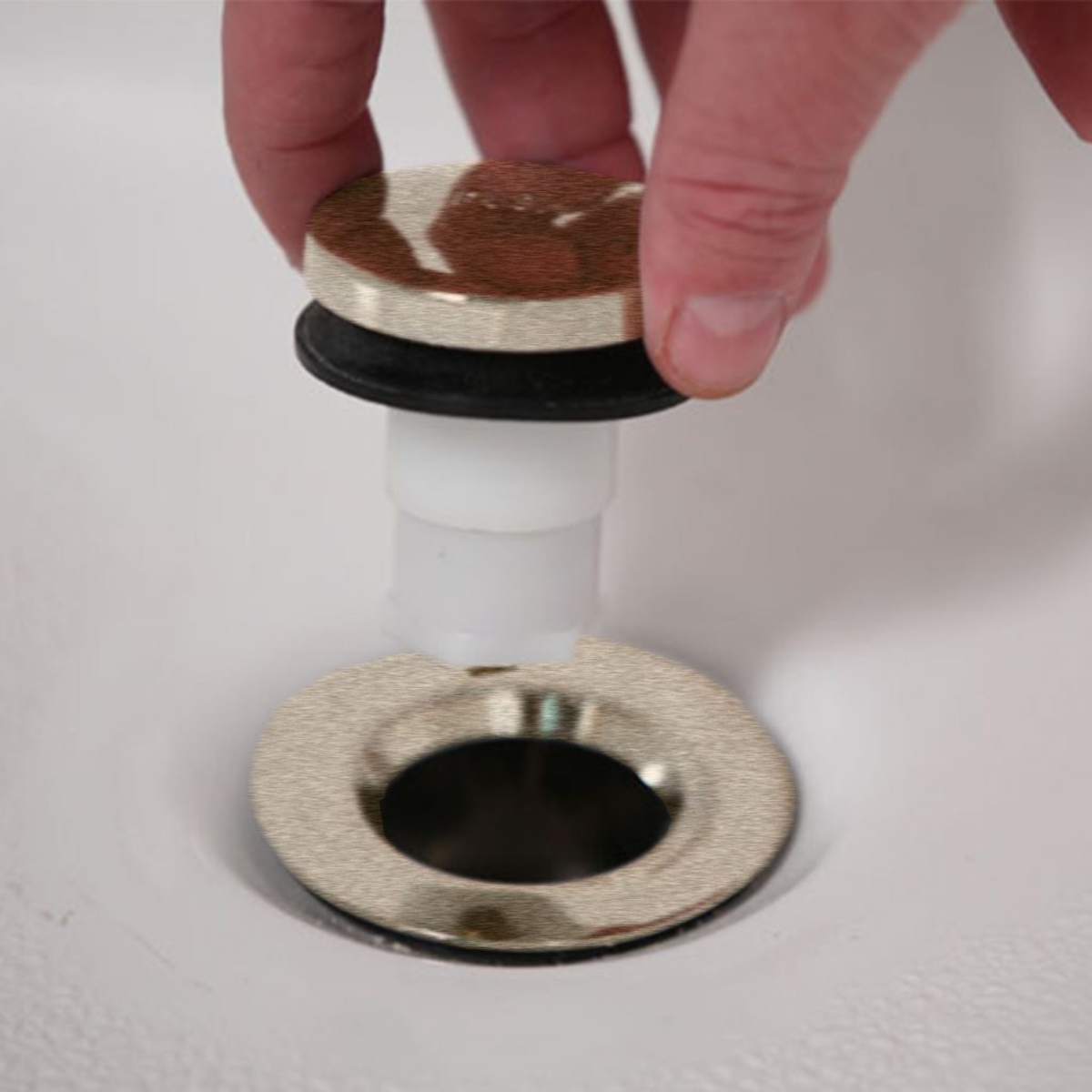
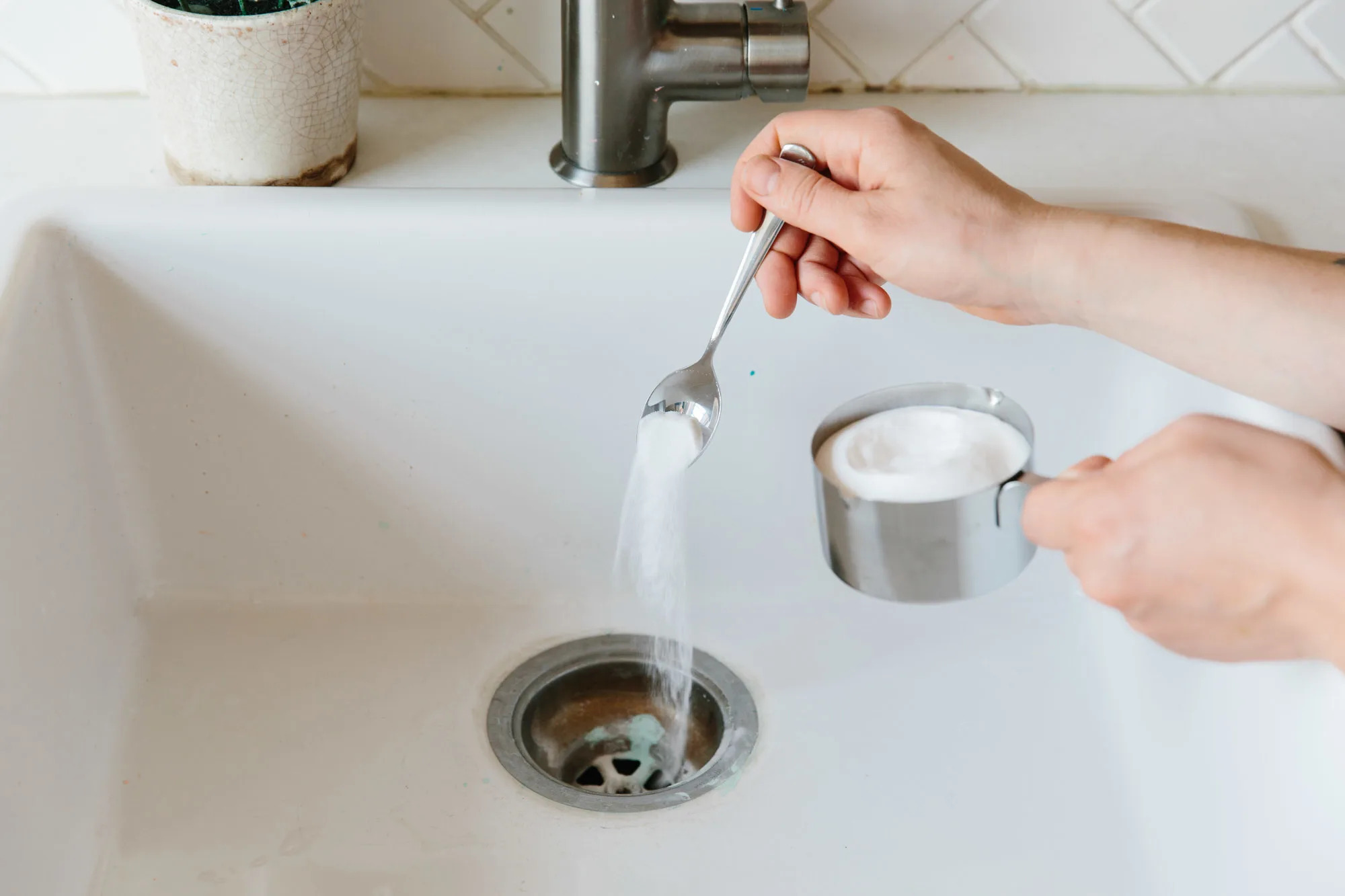
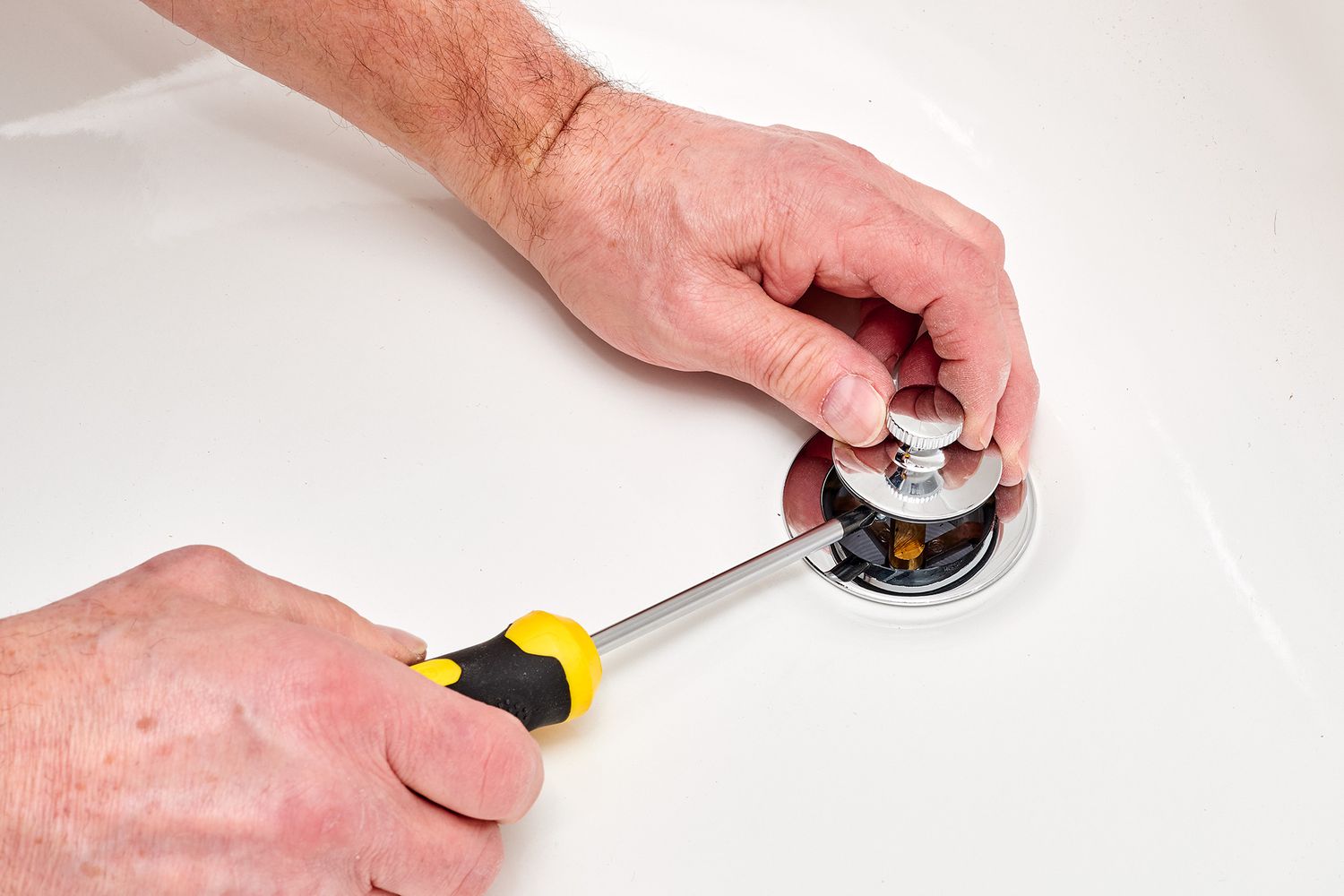
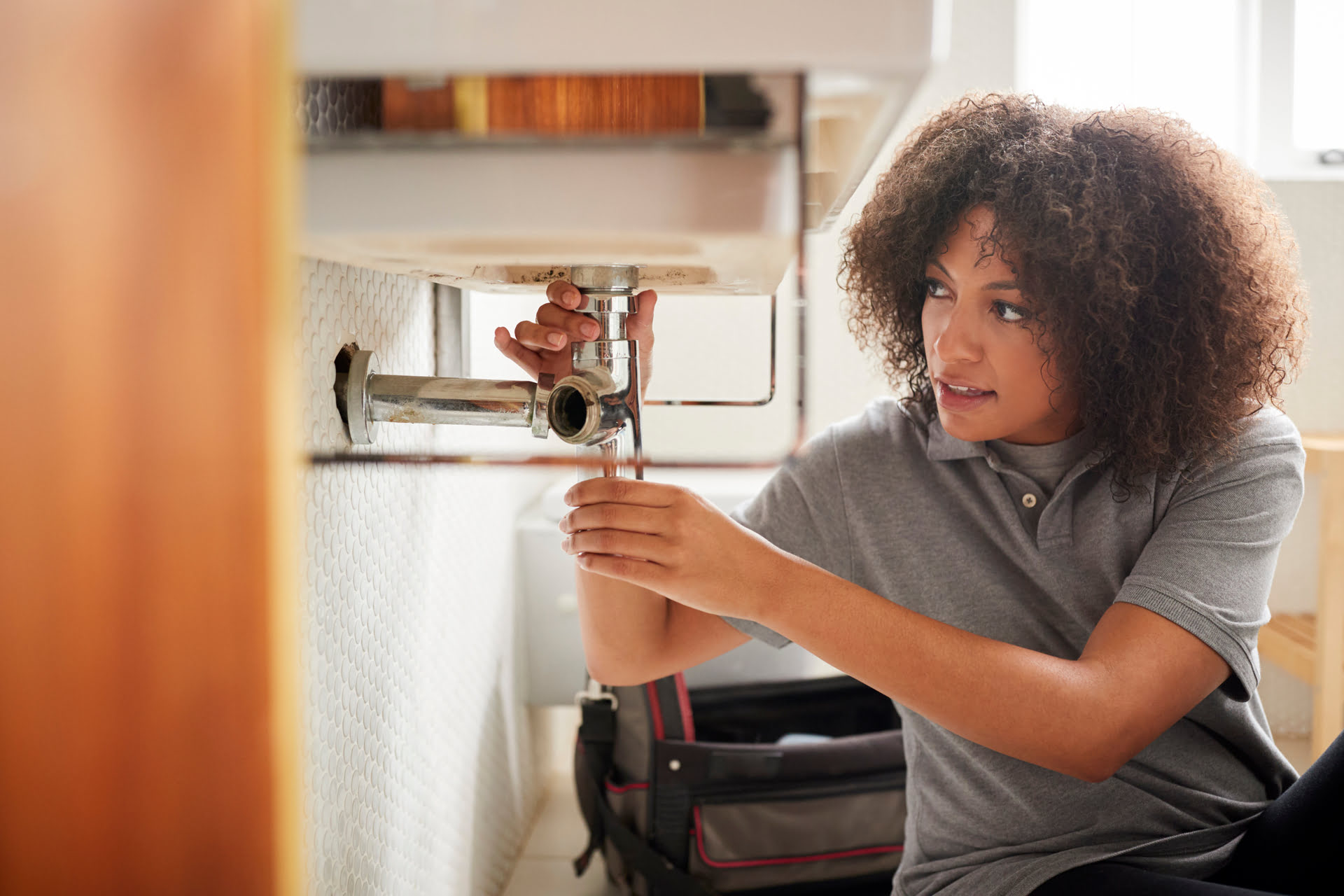
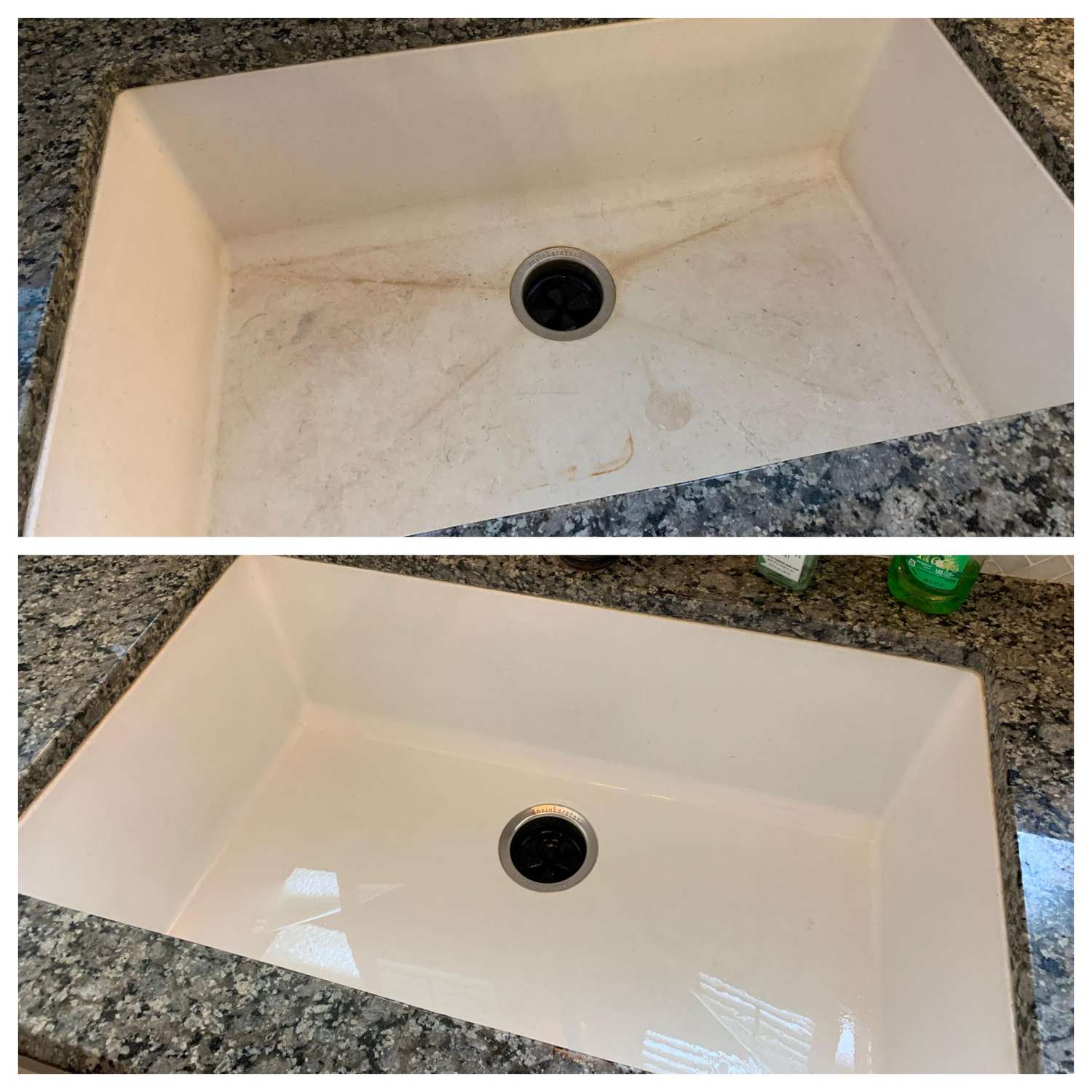
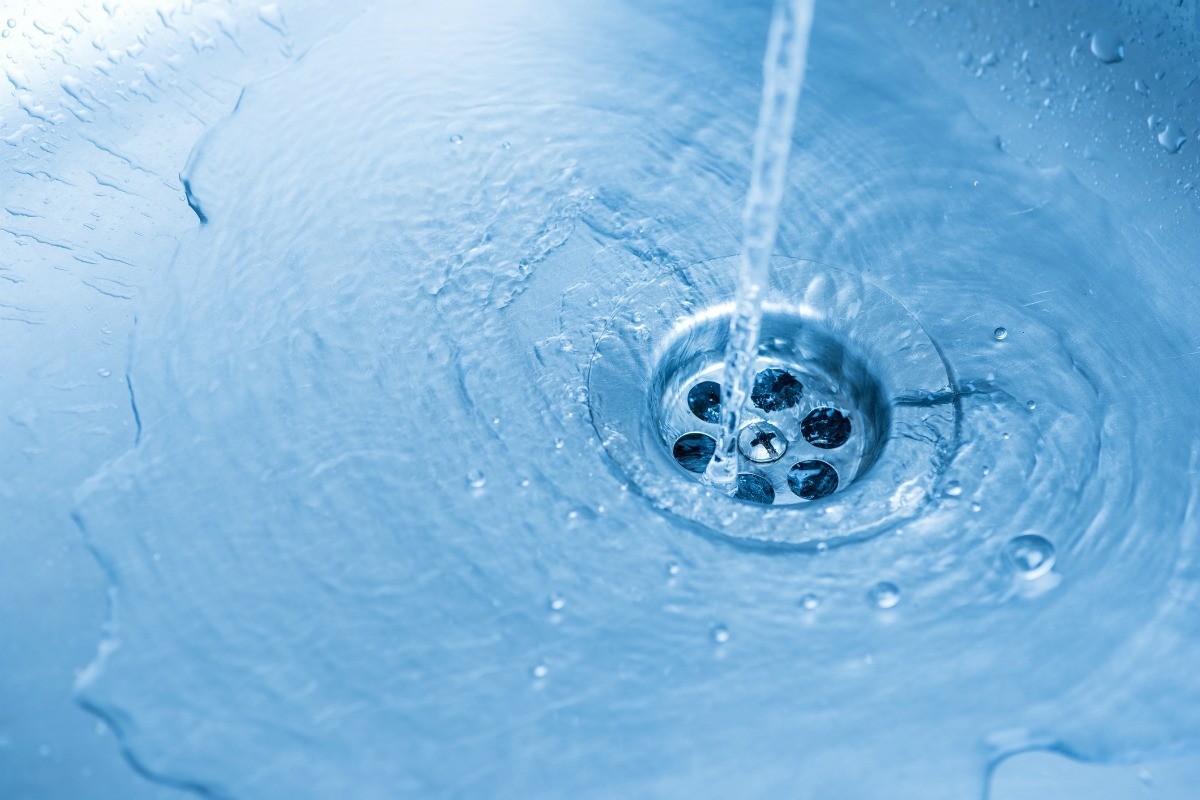
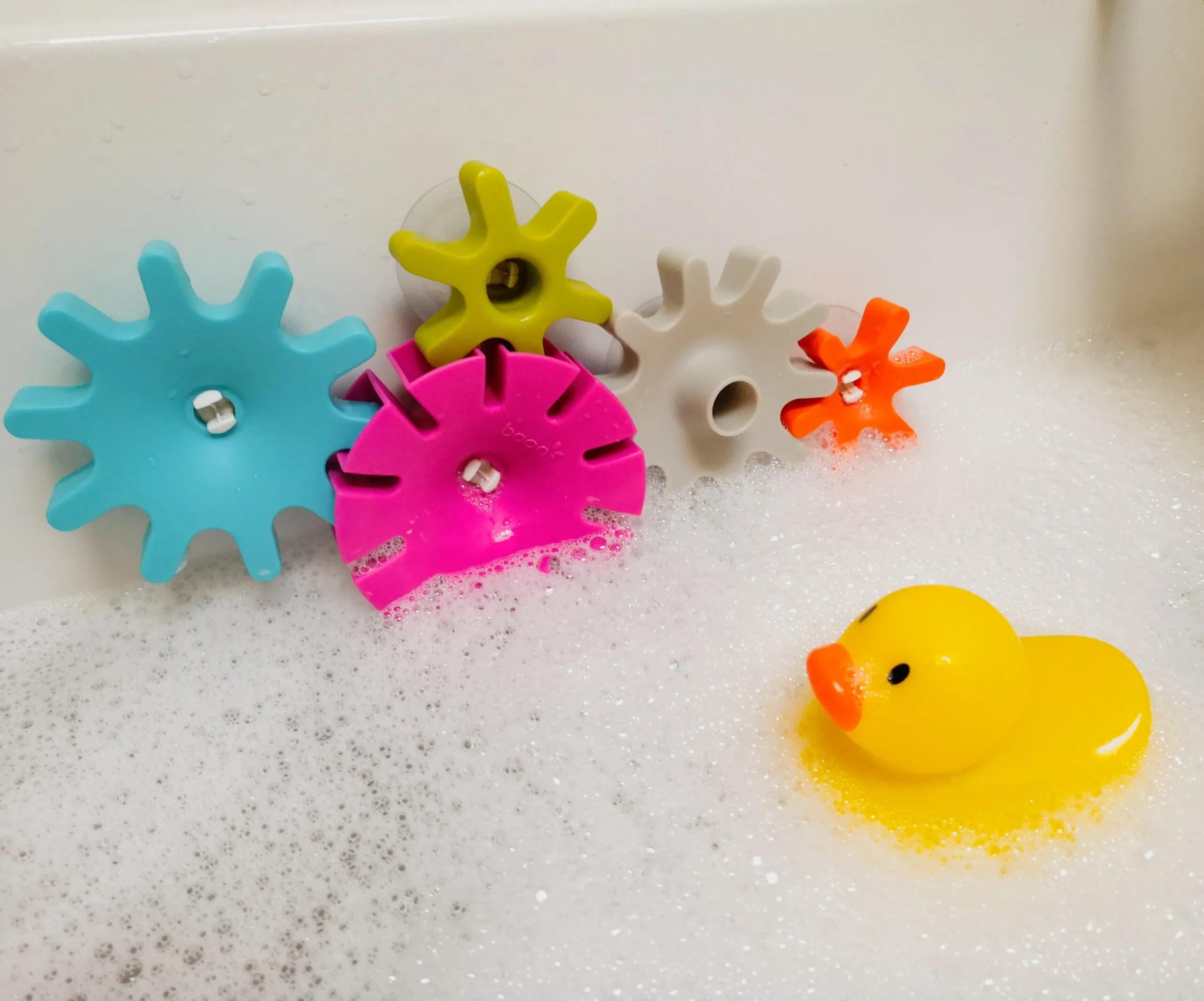
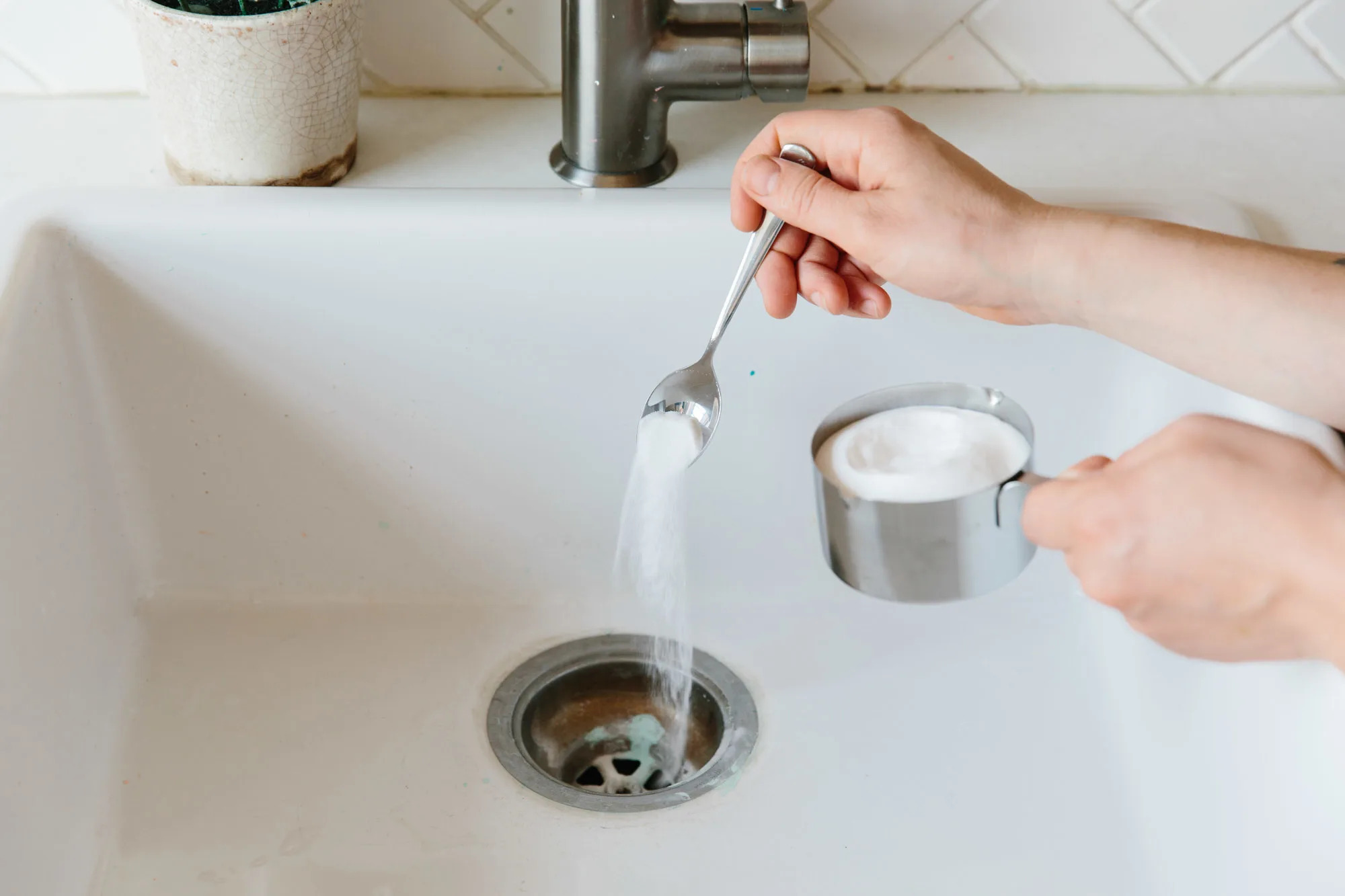

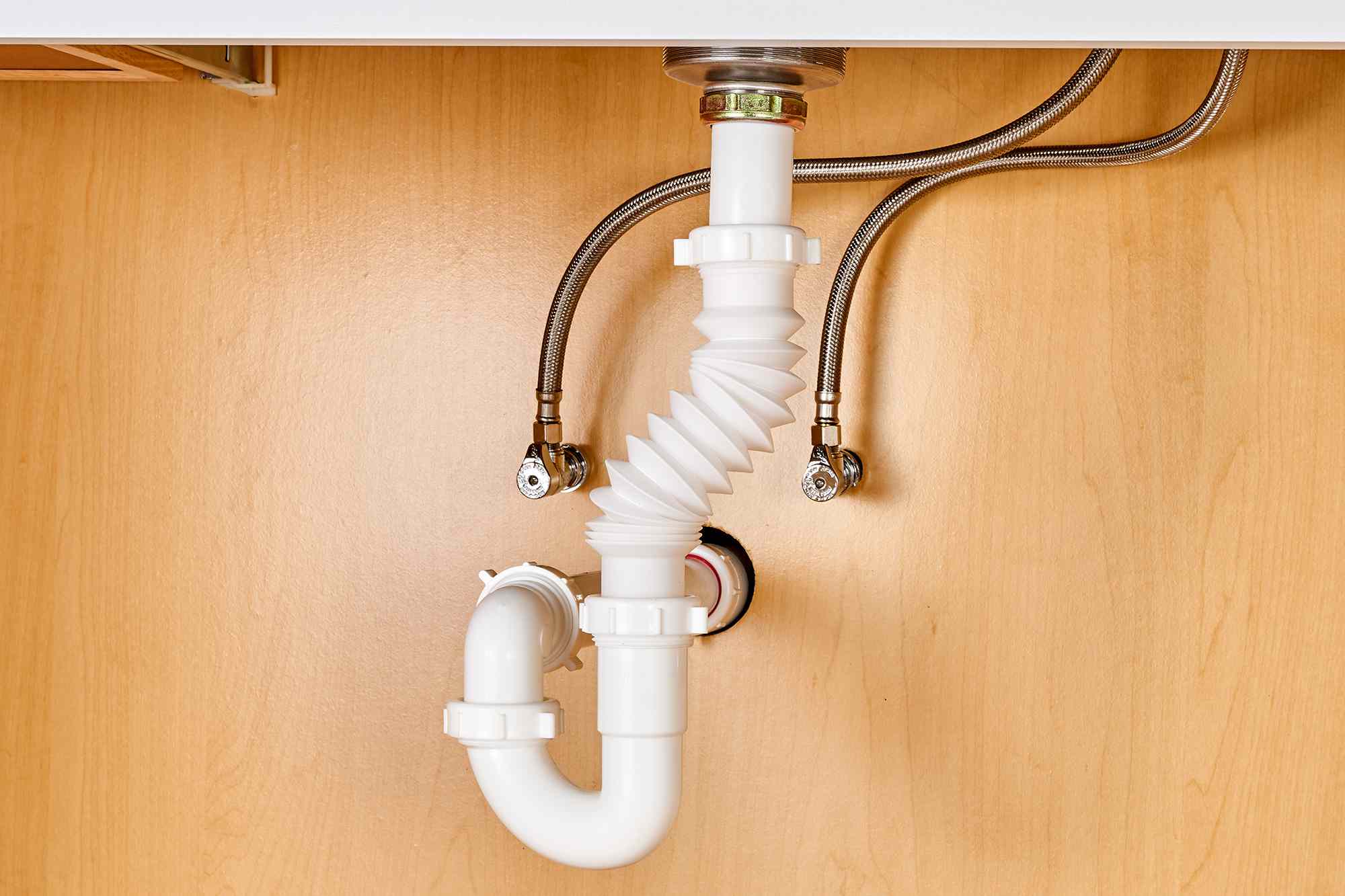
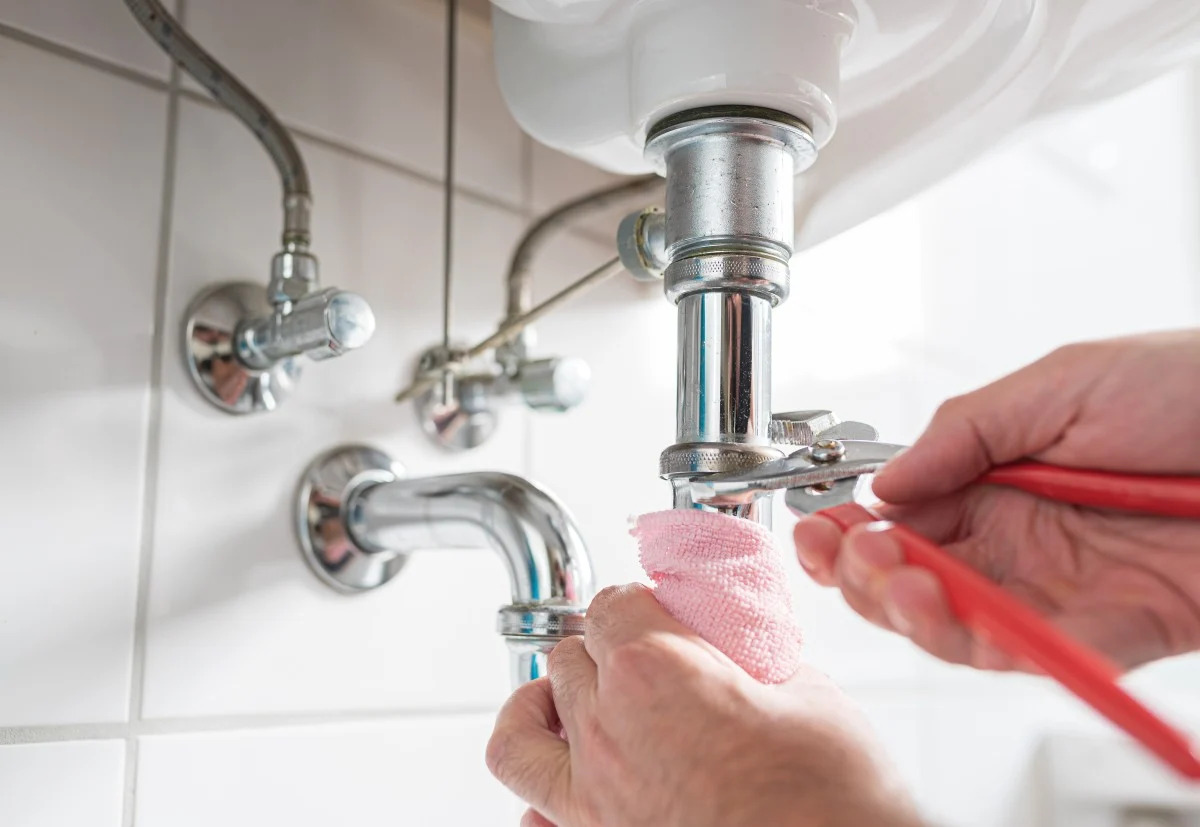
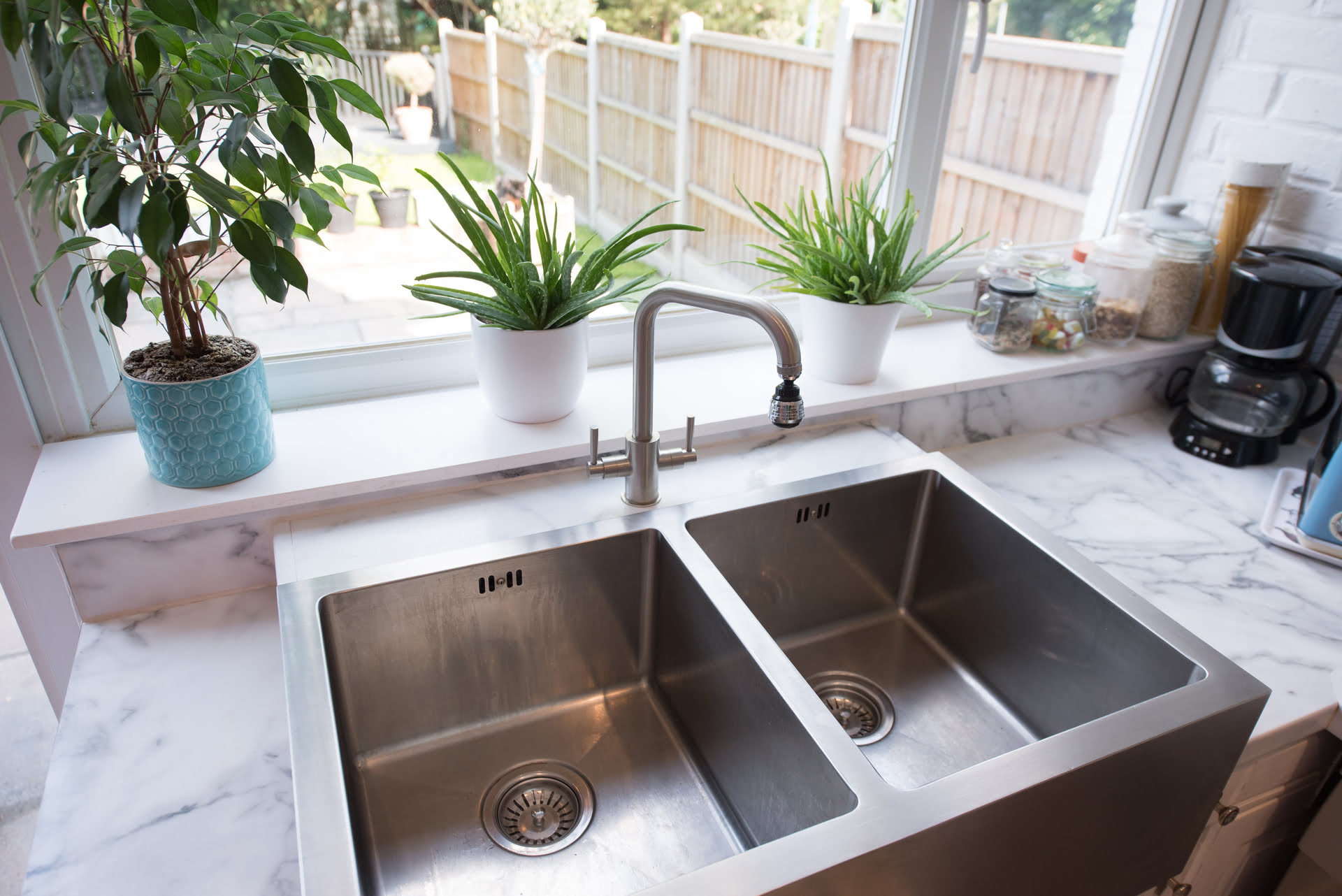
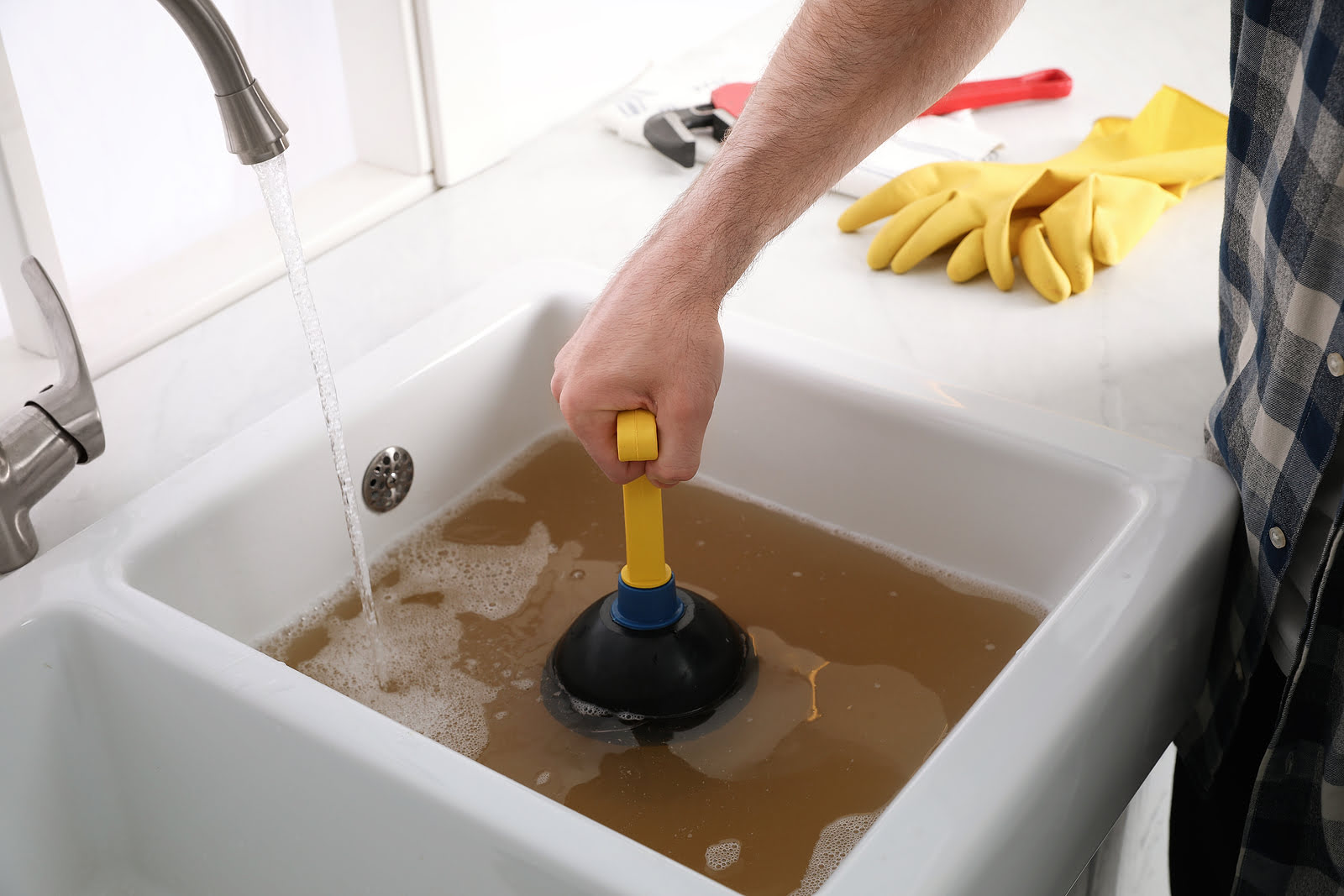
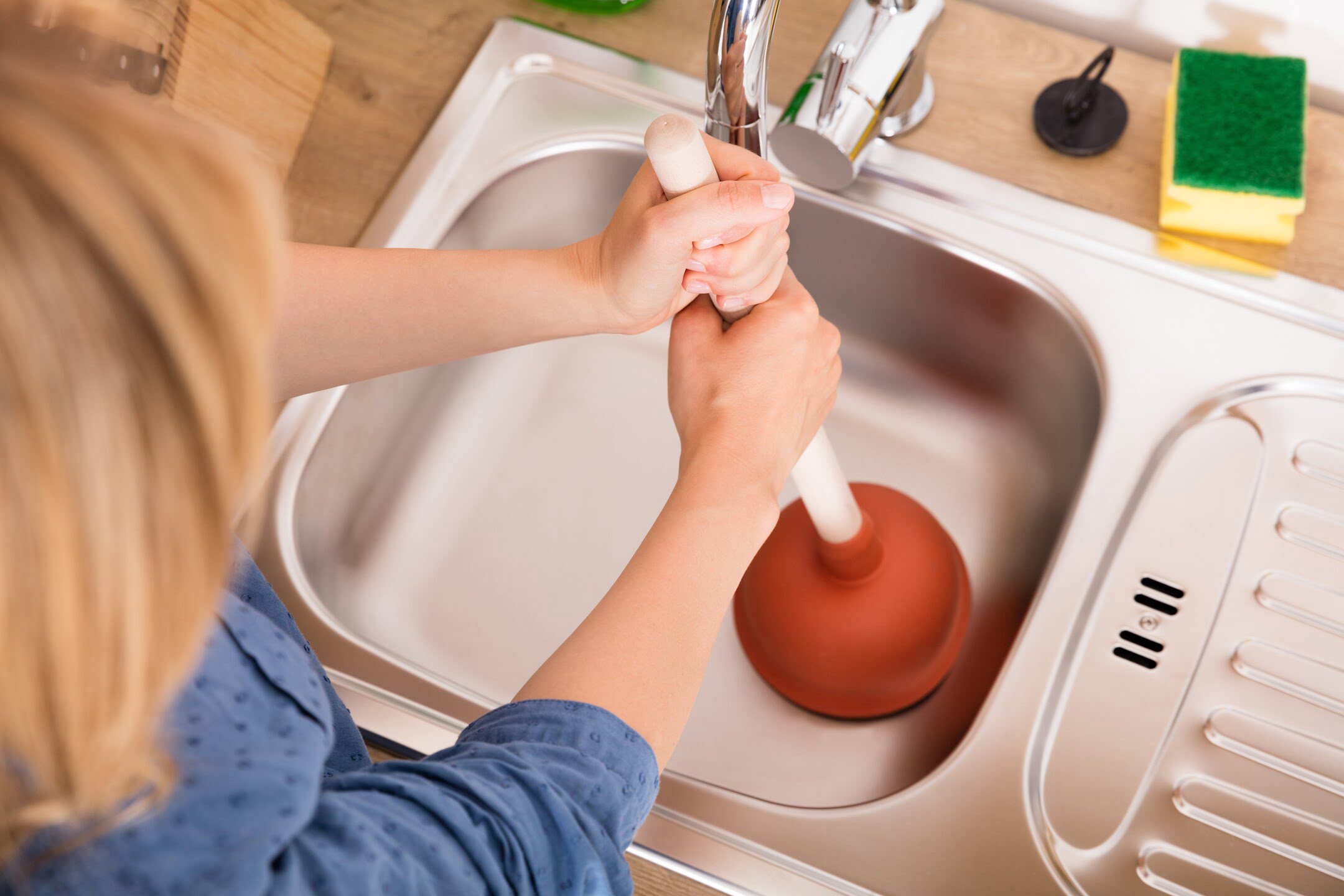

0 thoughts on “How To Get Something Out Of The Sink Drain”